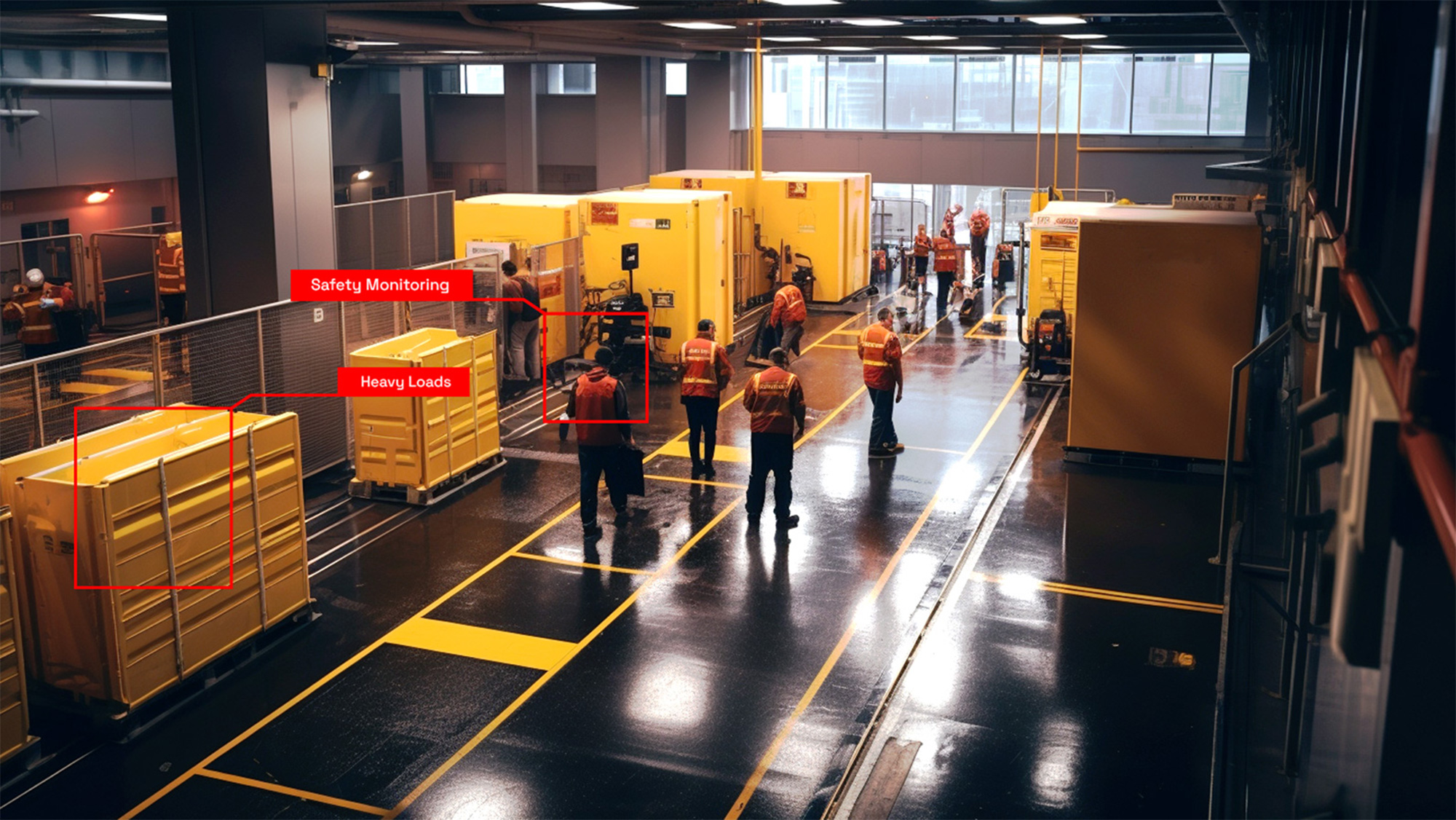AI-driven computer vision has become an industry-shaping technology, finds latest DHL’s Trend Report

The computer vision market is proliferating, with experts projecting sales to increase more than fourfold, from $9.4 billion in 2020 to as much as $41.11 billion in 2030. Computer vision can improve efficiency, save time, increase sustainability, and reduce costs. Today, DHL publishes its newest Trend Report, “AI-Driven Computer Vision”, identifying computer vision as a trend that will become an integral part of standard operations in logistics over the next five years. This report illustrates how computer vision is applied across diverse sectors like retail, healthcare, manufacturing, and disaster response and recovery, and highlights its versatility within the logistics industry. This technology covers areas from health and safety to operations, and from assets to shipments.
“Computer vision has seen rapid developments, and all indications show that it is becoming an industry-shaping technology with promise along the entire supply chain – for our customers, employees, partners, and certainly the environment,” says Katja Busch, Chief Commercial Officer DHL and Head of DHL Customer Solutions and Innovation (CSI). “It's an exciting time for industries and logisticians to harness the potential of computer vision, helping to achieve more efficient processes as well as safer and sustainable operations.”
Computer vision is a field within artificial intelligence (AI) that enables computers and systems to extract meaningful information from digital images, videos, and other visual inputs. These systems can act accordingly or make recommendations by collecting and gathering visual data using algorithms.
Klaus Dohrmann, Vice President, Head of Innovation and Trend Research, DHL CSI, adds: “In the logistics industry, we are seeing the first use cases that demonstrate the value of computer, including various health and safety applications as well as shipments dimensioning. As computer vision evolves thanks to technology advances in depth perception, 3D reconstruction, and interpretation of dark and blurred images, it will soon unlock many more opportunities and bring additional benefits to logistics companies."
Applications in the logistics industry
For the logistics industry, computer vision brings forth several applications in four main areas:
Health and Safety: Amongst others, computer vision can improve workplace safety by identifying potential hazards in warehouses, depots, and other logistics facilities, thus minimizing risks, and preventing accidents. Computer vision can also improve employee health by recognizing bad posture and movement, detecting early signs of fatigue, and tracking whether workers are wearing the right protective equipment to ensure compliance.
Operations: To detect bottlenecks and other inefficiencies, computer vision can create heatmaps to analyze workflow patterns within a facility or outside in the yard, and even function as a security guard by promptly identifying unauthorised entry or intrusion.
Asset management. Computer vision technology can help monitor logistics assets consistently and alert maintenance teams before any issues arise. Even if defects have already occurred, computer vision can help to automatically identify probable asset flaws, mistakes and anomalies and simplify defect detection.
Shipment processing. Computer vision offers the advantage of automating and simplifying the dimensioning process in shipping, where precise measurements of object areas or volumes are essential for calculating storage capacities, load planning, transportation logistics, and shipment billing. It also can check that shipments are compliant and properly classified for sorting, as well as automate inventory counting cycles.
 Challenges and concerns for the future
Challenges and concerns for the future
While computer vision holds promise as a technology, it presents several challenges and concerns. These include, for example, gaining public acceptance, particularly among those who fear constant monitoring. Cybersecurity is also crucial in this context, addressing data handling, compliance with GDPR (General Data Protection Regulation), and other data privacy and protection laws. Tackling these challenges requires thoughtful orchestration and collaboration of all parties involved.
At the forefront of innovation
As part of its ongoing activities in the world of innovation, DHL not only produces thought leadership content like The Trend Report but also actively drives customer-centric innovation worldwide. DHL collaborates closely with customers and partners, exploring the development of both current and emerging trends for potential implementation across logistics operations and throughout the supply chain. To foster even greater collaboration, DHL also invites start-ups, researchers, and investors to partner with the company through their newly launched platform, the “DHL Warehouse of Innovation”.
To download the latest DHL Trend Radar “AI-Powered Computer Vision”, please visit: https://www.dhl.com/pf-en/microsites/csi/computer-vision/understanding-computer-vision.html
Media Contact:
Press-office DHL Express Russia
E-mail: dhl@frc-pr.com, rumc@dhl.com


